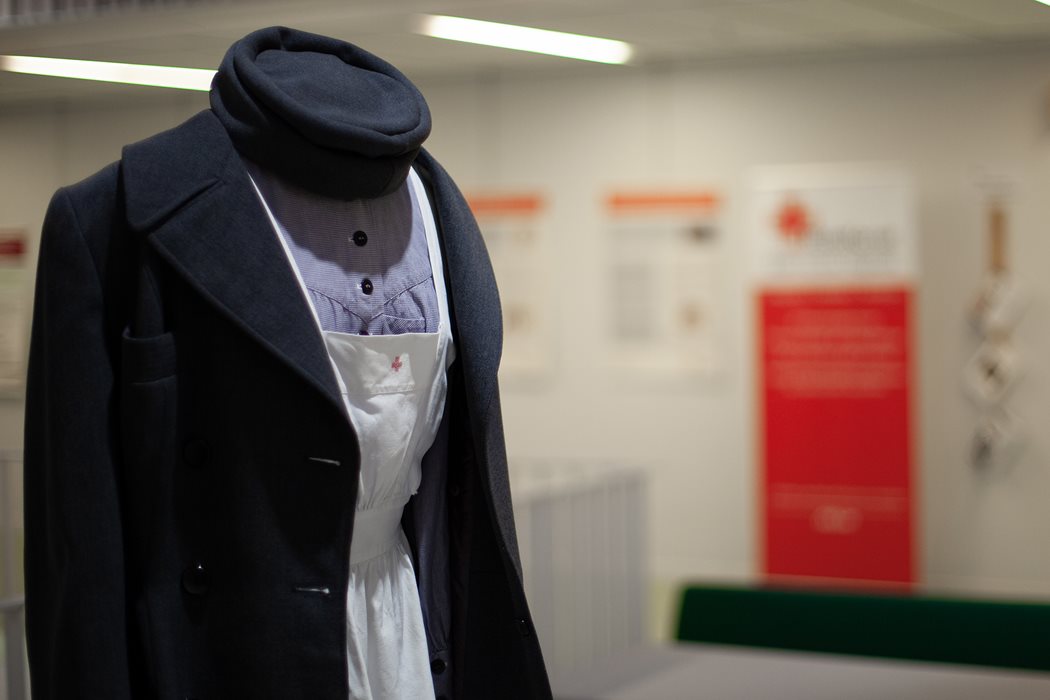
Our history
In 1859, the Swiss banker Henry Dunant was travelling through northern Italy. He ended up in the middle of a battlefield in Solferino, where about 40,000 soldiers on both sides had died or were left wounded.
Taken by the wounded soldiers’ suffering, and the near-total absence of medical attendance and primary care, Henry Dunant abandoned his trip’s original intent. For several days, he devoted himself to helping with the treatment of and care for the wounded. He organised relief assistance with the local villagers to aid without discrimination.
After his experience in the field, Dunant wrote:
“Could not voluntary aid societies be founded, whose function would be to provide, or arrange to provide, help for the wounded during wartime?”
As a result, The Red Cross organisation was formed in 1863 with a mission to prevent and alleviate human suffering, protect life and health, and safeguard respect for human dignity. Today the organisation is the world’s largest humanitarian network, active in 190 countries. The Red Cross’s motto is “Inter Arma Caritas”, which means in war, charity. A motto based on the volunteers’ attitude when caring for the wounded in the battle in Solferino.
The Swedish Red Cross was founded in 1865. With about 25,000 volunteers in 722 local branches, it is the largest humanitarian volunteer organisation in Sweden.
Emmy Rappe – the founder of the Swedish Red Cross University
The Swedish Red Cross University was founded in 1867 by Emmy Rappe, who herself received her education from Florence Nightingale at St. Thomas’ Hospital in London.

Emmy Rappe
Foto: Röda Korsets Högskola
The nursing school was first located at the Serafimer Hospital at Kungsholmen, in Stockholm, Sweden. In 1879, Sabbatsberg Hospital opened, a hospital at the time considered to be Europe’s most modern hospital. Two years later, the Red Cross University moved from Kungsholmen to the hospital’s new premises.
By the end of the 1880s, 128 nurses had graduated, after a six-month training. The first sisters were trained mainly to take care of the wounded in warfare, and in 1897 two Swedish nurses were sent to the war in Greece. Fifteen years later, the first Swedish Red Cross ambulance was sent to Greece.
In 1915, the Swedish Red Cross Home Foundation (Rödakorshemmet) was formed to arrange and conduct higher education in health and care. Since then, the foundation is the accountable authority of the University.
Today, the Swedish Red Cross University is a university whose activities are financed by the state according to the 1977 higher education reform. The education is based on the international Red Cross and Red Crescent movement principles with its focus on humanity, impartiality, and neutrality.
In 2004, the school moved from Sabbatsberg Hospital to the south wing of the Red Cross Hospital. The location close to the Royal Institute of Technology created excellent conditions for academic collaboration.
Moving to Flemingsberg – where we are today
In June 2016, The Swedish Red Cross University moved to a brand new building in Flemingsberg, centrally located at Karolinska University Hospital in Huddinge.
Campus Flemingsberg holds six colleges and universities, which provides exceptional opportunities for collaboration and knowledge exchange.
The school that started at the Serafimer Hospital, with six students enrolled in a four-month course, now educates about 750–800 students annually.
In addition to education at the undergraduate level, The Swedish Red Cross University also provides several specialist nursing educational courses and master’s degrees.
We cherish our history and are proud to observe all nurses who wear the Red Cross’ nurse brooch in their working life.


